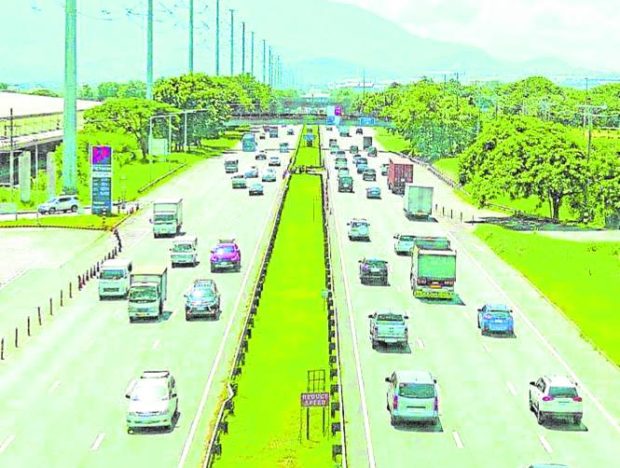
Linking urban and rural communities together provides mobility for the efficient movement of people and goods.
The continuous expansion of community developments farther away from city centers exposed the physical divide between the people and their needs. Here’s how we can close it.
First step: urban-rural communities
Treating rural and urban areas as separate domains is unjustified. Both spaces are inseparable and interlinked. The development of one area often depends on the other’s progress. The limited nature of real estate and high land prices, however, have resulted in the consolidation of urban-rural communities, more commonly known as the suburban or suburbs.
Decoding the appeal of suburban communities
It is easy for the residents of the suburbs to enjoy the relaxing scenery of the countryside without depriving themselves of the conveniences of urban living.
Although the suburban is among the models that clear the divide between urban and rural living, this type of living can take an entirely different connotation considering the homeowner’s perspective.
The calming vibe of the suburbs makes it an ideal destination for many homebuyers.—Inquirer File photo
Often, the suburbs offer a clear psychological divide between one’s personal and professional concerns. The setting presents lower-density communities that have separate commercial and residential areas—either part of a city or urban area or existing as a separate residential entity within a commuting distance from the former.
Second step: infra linkages
Infrastructure has always been a lifeline through which the economy expands—from the roads and bridges to airways. Linking urban and rural communities together provides mobility for the efficient movement of people and goods and makes commercial and social activities accessible to a wider variety of audiences.
Suburban communities offer a smoother transition be- tween a hustle-and-bustle lifestyle and a laidback one—crownasia.com.ph
Nowadays however, infrastructure linkages are no longer limited to thoroughfares, but also relate to accessible and affordable telecommunications and internet connectivity. Since the suburbs are near city centers, competent network speeds and data availability are usually not a problem, thus making these residential locations popular, especially in the era of work-from-home.
The Philippines, the suburban way
The combination of these two steps mentioned has resulted in successful renditions of suburban communities in the Philippines. Several communities in Batangas, for example, are conveniently located near the South Luzon Expressway (SLEx), away from the busy lanes of Edsa and C-5.
For residents whose workplaces remain in the busy streets of the metro, the suburbs in Tanza, Cavite, could be the perfect match. The city is home to a healthy mixture of urban and suburban areas and developing residential and industrial estates. At the same time, the beach resorts lining up the municipality and historical sites are perfect for weekend tourists.
The suburbs do not fall short in terms of institutional progress, either. Given the notable density of people living in suburban communities in Cagayan de Oro, they are ideal locations for offices, schools, business parks and other educational, career and economic advancement opportunities.
Due to the vast availability of land, suburban communities located in Clark, Pampanga, for example, can present better recreational facilities than urban ones. It’s not surprising to find beaches, golf courses, mountain resorts and nature parks, among others, in the duplicate suburban lots. Most of the time, it takes a 15-minute walk to get there.
A community akin to settling down
Compared with urban and rural areas, which depict stark contrasts, suburban communities offer a smoother transition between a hustle-and-bustle lifestyle and a laidback one. Given human scale establishments punctuated with spacious greens, the suburban is an easy winner for those who seek the locational equivalent of settling down.
The author (ianfulgar@FulgarArchitects.com) manages his own architectural and technology studio helping local and international clients looking for unique and future design specialties for hotels, condominiums, museums, commercial and mixed-use township developments with a pursuit for the meta-modern in the next Philippine architecture